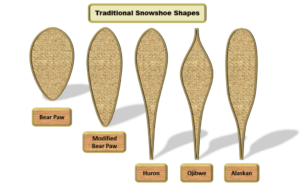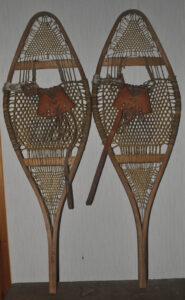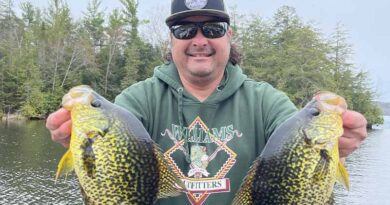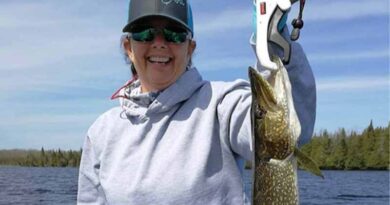Snowshoes & Snowshoeing
When I was growing up in rural Hamilton Township on the south shore of Rice Lake, winter was a season of beauty, play, adventure and exploration. On weekends and school holidays – when not playing shinny on the frozen lake – I, my brother, my cousin, and our friends could be found traipsing the farmlands and woods (with owners’ permissions) which surrounded our village. We were in search of animal tracks and signs, activity in a beaver pond where we built an observation “blind”, birds, or any other “neat things” that we might come across. We would pack lunch (usually cooked over a small campfire – sandwiches tended to freeze on cold days) and make a day of it. My favourite means of getting around in winter was snowshoes.
 It is believed that snowshoes originated in Central Asia around 4,000 B.C., and were brought to North America by migrating peoples from there. Indigenous North Americans have used snowshoes extensively for hunting, trapping, and travelling. They adapted designs to suit the conditions of their territories: “beavertails” worked well in open woodlands and rolling terrain; “bearpaws” (circular) were good for
It is believed that snowshoes originated in Central Asia around 4,000 B.C., and were brought to North America by migrating peoples from there. Indigenous North Americans have used snowshoes extensively for hunting, trapping, and travelling. They adapted designs to suit the conditions of their territories: “beavertails” worked well in open woodlands and rolling terrain; “bearpaws” (circular) were good for  mountainous or heavily wooded regions and deeper snow. Europeans adopted snowshoes soon after arriving in North America.
mountainous or heavily wooded regions and deeper snow. Europeans adopted snowshoes soon after arriving in North America.
Traditional snowshoes were made with hardwood frames (usually ash or birch) which were soaked or steamed into shape and fastened. Within each frame, a criss-cross pattern of rawhide string (“babiche”) provided weight-dispersal for the wearer. A leather harness and a boot-holder were attached in the centre. Most modern commercial snowshoes have aluminum frames with nylon or plastic webbing.
In the mid-1800s, snowshoeing in Canada gained popularity as a recreation, which resulted in the rise of snowshoe manufacturing. Canoe makers – including Peterborough Canoe Company – easily branched into this product line because it required much of the same equipment and techniques as canoe building.
After serving two generations of Willcocks, my trusty wooden beavertails are retired. They still provide me with fond memories of my youth in the woods, but I don’t think I have the heart to “replace” them with a metal and nylon pair. Although…
By: Don Willcock
The Peterborough Museum & Archives, 300 Hunter St E, Peterborough,
705-743-5180
www.peterboroughmuseumandarchives.ca




